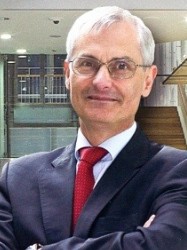BibTex format
@article{Fernandez-Posada:2020:1361-648X/abcb0f,
author = {Fernandez-Posada, CM and Cochard, C and Gregg, JM and Whatmore, RW and Carpenter, MA},
doi = {1361-648X/abcb0f},
journal = {Journal of Physics: Condensed Matter},
pages = {1--11},
title = {Order-disorder, ferroelasticity and mobility of domain walls in multiferroic Cu-Cl Boracite.},
url = {http://dx.doi.org/10.1088/1361-648X/abcb0f},
volume = {33},
year = {2020}
}

